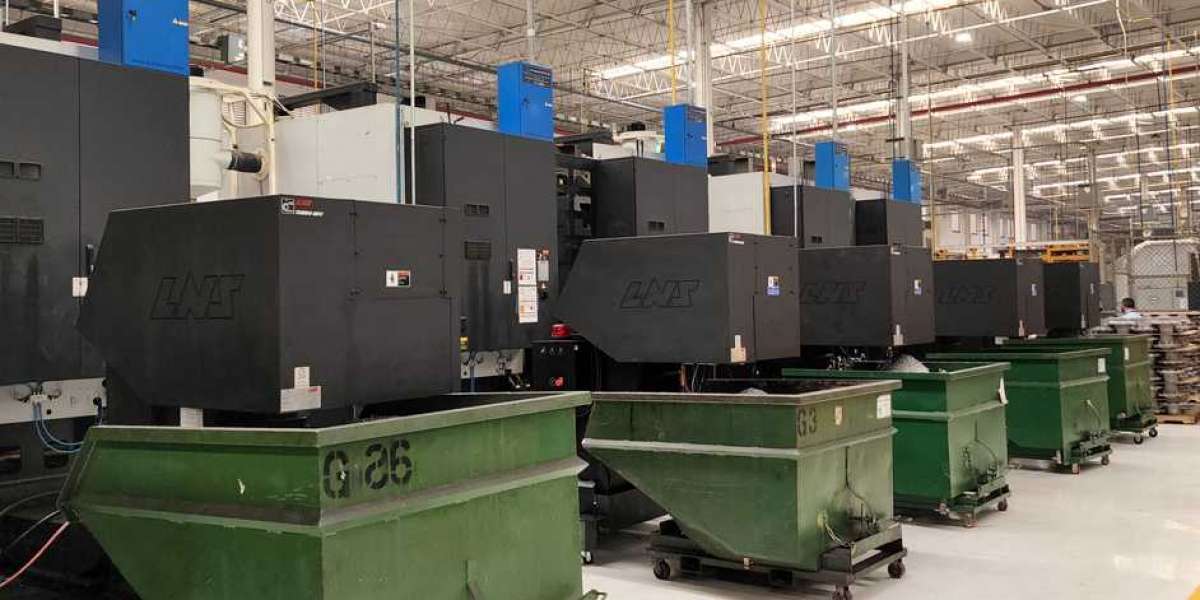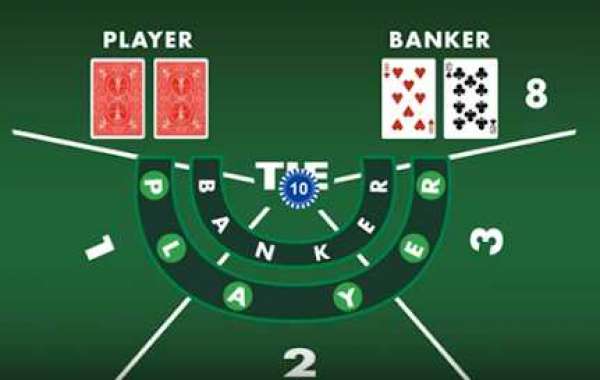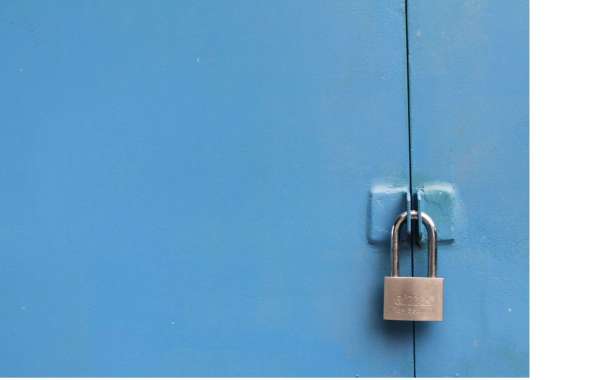But behind the scenes, the site’s success was doing more than just enabling cybercrime—it was fueling international investigations. As stolen data from JokerStash began showing up in fraud reports around the world, law enforcement agencies, cybersecurity researchers, and financial institutions joined forces to trace the source, map the networks, and take down the people behind it.
Here’s how JokerStash became the catalyst for some of the most significant global cybercrime investigations in recent history.
? A Wake-Up Call for Law Enforcement
JokerStash first gained major attention in 2014–2015, when it began advertising massive troves of stolen credit cards from high-profile data breaches. Some of the platform’s most infamous "drops" included card data from:
Target
Home Depot
Wendy’s
Hyatt Hotels
Saks Fifth Avenue and Lord Taylor
Each dump contained millions of records, many of which were quickly used in fraudulent transactions across the U.S., Canada, Europe, and Asia. Financial institutions were overwhelmed by the sheer volume of card fraud linked to JokerStash sales.
The result? A flood of fraud reports and a spike in alerts across banking and cybersecurity channels, prompting agencies like the FBI, Secret Service, Europol, and Interpol to start coordinating on a deeper level.
?️♂️ The Launch of International Task Forces
JokerStash’s global impact made it clear that no single country could handle the threat alone. This led to the creation and activation of cross-border cybercrime units, including:
J-CAT (Joint Cybercrime Action Taskforce) under Europol
Operation DisrupTor and Operation Carding Action (multi-agency efforts)
FBI-Secret Service Cyber Task Forces focused on carding and financial fraud
These groups began tracking crypto flows, monitoring dark web forums, and sharing intelligence on JokerStash vendors and buyers.
? Blockchain Tracing Meets Dark Web Surveillance
One of the critical breakthroughs in the JokerStash investigations was the integration of blockchain analytics tools like Chainalysis, Elliptic, and CipherTrace. Even though JokerStash accepted only cryptocurrencies, these platforms helped authorities trace:
Vendor wallet activity
Cryptocurrency mixing behavior
Links between JokerStash payments and real-world bank accounts or exchanges
Combined with dark web surveillance and Tor traffic analysis, these efforts led to the unmasking of high-value targets operating on JokerStash and related marketplaces.
? Nation-State Interest in the JokerStash Ecosystem
As investigations deepened, law enforcement began discovering that some JokerStash vendors had ties to larger criminal syndicates—and, in a few cases, nation-state-sponsored activity.
Investigators found that:
JokerStash dumps often originated from compromised point-of-sale (POS) systems infected with malware.
Some malware campaigns were traced to groups in Eastern Europe and Central Asia, using techniques aligned with known state-affiliated actors.
Buyers were using JokerStash proceeds to fund larger criminal operations, including phishing rings and ransomware deployments.
This widened the scope of investigations, prompting intelligence agencies to join law enforcement in tracking how JokerStash connected to other cybercrime sectors.
? The Role of Cybersecurity Researchers
Independent threat analysts and cybersecurity firms also played a huge role in mapping JokerStash’s operations. Companies like Flashpoint, Recorded Future, KrebsOnSecurity, and Intel 471 provided:
Vendor profiles and behavioral patterns
Information on JokerStash's infrastructure and hosting changes
Clues about upcoming “drops” of stolen data
Insights into JokerStash’s invite-only structure and internal rules
Many of these findings were shared with government partners and helped strengthen investigative leads.
? Behind the Shutdown
Though JokerStash was never taken down in a traditional law enforcement raid, it mysteriously shut down in early 2021, issuing a farewell message to users. The real reason behind the closure was never officially confirmed, but most experts believe it was tied to:
Mounting pressure from law enforcement
Possible arrests or compromised infrastructure
Internal paranoia about infiltration or data exposure
A strategic exit with accumulated funds
Even in retirement, JokerStash sparked ongoing investigations into users, vendors, and facilitators still active in the underground economy.
⚖️ The Legacy: A Blueprint for Future Investigations
JokerStash set a dangerous standard in the cybercrime world, but it also left behind a playbook for governments. Its high visibility and impact forced agencies to rethink how they:
Track dark web marketplaces
Trace cryptocurrency payments
Collaborate across borders
Engage the private sector for threat intelligence
The result? Faster takedowns, more targeted arrests, and a global network of cybercrime investigators better equipped to tackle the next JokerStash.
? Final Thoughts
JokerStash may be offline, but its ripple effects are still felt across cybersecurity, law enforcement, and fraud prevention communities. It didn’t just enable cybercrime—it galvanized a global response that continues to evolve. As new marketplaces emerge, they do so under the long shadow of JokerStash, and governments are more prepared than ever to follow the trail—and strike back.







